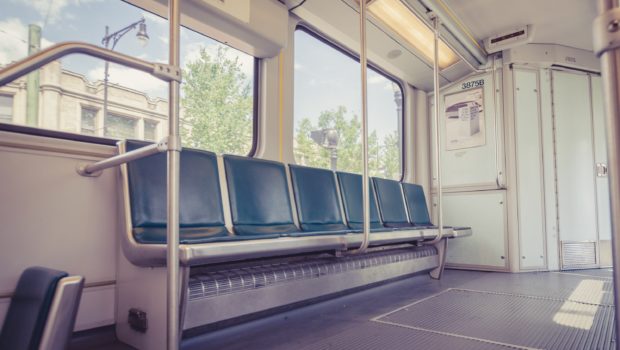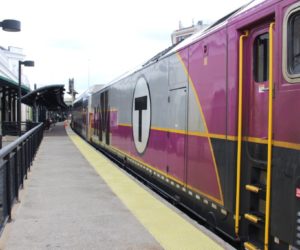Traffic congestion is quickly becoming a mobility crisis across Eastern and Central Massachusetts. Not only has it caused a major annoyance for everyone forced to sit in gridlock for hours, it also poses a very real threat to our region’s growth and prosperity.
This problem isn’t going away.
In fact, for those of us who live and work between Worcester and Boston, the situation will soon get even worse as four major construction projects are scheduled to begin along the Massachusetts Turnpike are cause for more disruption over the next decade.
A saving grace is the Massachusetts Bay Transportation Authority commuter rail line. Every day, more than 11,000 people ride the Worcester/Framingham line traveling to and from Boston. According to Massachusetts Dept. of Transportation’s central transportation planning staff, that number has increased more than 46 percent since 2012.
If you think traffic is bad now, imagine if all those riders were in their cars every day instead.
As fortunate as we are to have the commuter rail, its ability to further grow is hamstrung by an outdated operating model. The current operating model does not allow for frequent hourly service which makes utilization a non-starter. If we want to address this mobility crisis, it’s time to upgrade the concept of commuter rail to regional rail – a frequent, on-the-hour service to and from Worcester and Boston with modernized subway-like speeds.
A recent TransitMatters report demonstrates that the MBTA could be running trains every 15 to 30 minutes along the Worcester/ Framingham Line, throughout the day, with Worcester-to-Boston trip times of under an hour, and Worcester-to-Framingham of a little over a half hour.
What changes would be required to achieve this? First, the line must be electrified. This means erecting electric wires along the tracks and replacing the current fleet of outdated, unreliable, dirty diesel locomotives with new, self-powered passenger trains called electric multiple units. EMUs can get up to speed much faster than diesel locomotives therefore spending less time pulling in and out of each station. They’re also far more reliable, requiring maintenance 10 times less often (or better) than their diesel counterparts.
The second step is raising station platforms. Boarding-level platforms at all stations allow passengers to get on or off much faster than our current system allows.
Fortunately, we already have all of the most expensive requirements of a modern regional rail system – the land, the stations, the parking, and the rails themselves. Therefore, the cost of modernizing the Worcester line is less than the amount previously allocated to the stalled South Station Expansion project.
Soon, the MBTA will have to purchase new trains to replace their aging fleet. Instead of buying yet more locomotives, now is the time to transition to EMUs and buy enough of them for the Providence line, which is already electrified. By updating the Providence line first, this frees up locomotives for a more-developed service schedule on the Worcester Line before it is electrified.
As we plan long term, we need to address short-term challenges presented by the impending Mass Pike construction projects.
First, the MBTA must abandon its current plans to close one of the Worcester-line tracks during the construction. Reducing service on the commuter rail while this work takes place is unacceptable. In fact, it should be doing the opposite by increasing to hourly service during construction.
Second, fares should be lowered to entice more people to take the train during construction. The MBTA’s successful $10 weekend fare initiative demonstrated clearly that lower fares increase ridership. Since the trains will be running anyway, it makes sense to get as many people on board as possible.
With short-term challenges addressed, we can then focus on the bigger picture: regional rail on the Worcester line. This means committing the funding necessary to electrify the system; buying additional new, modern trains; and eliminating bottlenecks on the line.
We can’t fix our mobility crisis overnight, but if we make the right investments today we may avoid a future where our regional prosperity gets bogged down in gridlock.
Timothy P. Murray is the president and CEO of the Worcester Regional Chamber of Commerce. To read the entirety of the November 2019 edition of the Chamber Exchange, visit the newspaper archive.



